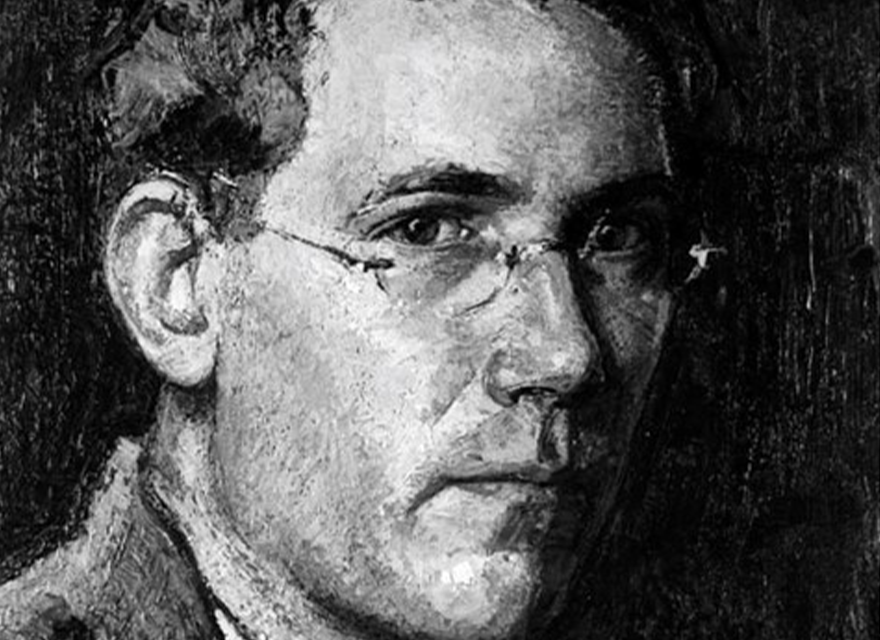The Royal Swedish Academy of Sciences (RSAS) has awarded the Gregori Aminoff Prize in Crystallography 2013 to Carlo Gatti, Institute of Molecular Sciences and Technology, Italian National Research Council (CNR-ISTM), Milan, Italy and Mark Spackman, University of Western Australia, Crawley, Australia
“for developing experimental and theoretical methods to study electron density in crystals, and using them to determine molecular and crystalline properties”.
Nature of crystals measured by X-rays and interpreted in Italy and Australia
Crystallography is the science of the arrangement of atoms in solid materials. To reveal the atomic structure of a crystal, an ‘X-ray diffraction method’ may be used. In this method an X-ray beam strikes a crystal, showing a diffraction pattern that, in turn, can be transformed into a 3D model of the crystal. This technique is now widely used in geology, physics, chemistry, biology, medicine and materials engineering. Purposes include determining mineral properties, proteins and DNA structures, and developing strong new materials.
Both Carlo Gatti and Mark Spackman have independently developed concepts for interpreting electron density distributions related to quantum chemistry theory, using multipole analysis of high-quality X-ray diffraction data. This approach has, in particular, significantly demonstrated and quantified the role of hydrogen bonding in molecular systems. ‘Charge density topology’ is important for classification of the type and strength of chemical bonding in solid compounds and molecules.
Read more about the Laureates’ research below.
The Prize will be awarded at the Royal Swedish Academy of Sciences’ Annual Meeting on 5 April 2013.
Prize amount
SEK 100,000 to be shared equally between the Laureates.
The Laureates
Carlo Gatti, Italian citizen. Born in 1954. Ph.D. in Chemistry (1978) at University of Milan. Senior Research Scientist at Institute of Molecular Sciences and Technology, Italian National Research Council (CNR-ISTM), Italy.
Mark Spackman, Australian citizen. Born in 1954. Ph.D. in Theoretical Chemistry (1989) at University of Western Australia. Wintrop Professor and Head of school at the School of Chemistry and Biochemistry, University of Western Australia, Australia.
More information about the Laureates’ research areas
One key concept developed by Carlo Gatti is the Source Function (Bader & Gatti, 1998), which permits visualisation of chemical bonds and other fundamental chemical properties using only information from observed electron density and its derivatives. The function equates values of observed density at any point within the crystal to a sum of atomic contributions. Input electron densities can be obtained from experimental high resolution X-ray diffraction data, collected at low temperatures to avoid thermal diffuse scattering. In X-ray crystallography and materials sciences, the Source Function tool has been extensively applied to interpret a wide range of different bonding modes.
Mark Spackman devised and implemented a new scheme for partitioning crystal space into molecular and atomic volumes limited by Hirshfeld surfaces, which reflect the nature and strength of interatomic and intermolecular interactions in quantitative terms. An exploratory paper (Spackman & Byrom, 1997), focusing on electron distributions derived from X-ray diffraction data on urea, clearly demonstrated the significance of Hirshfeld surface analysis. Figure (a) below shows the relief and contour of the Hirshfeld weight function w(r) in the molecular plane; it indicates the flat nature of w(r) close to the atoms in the molecule, with a value close to 1.0, and the steep decline with increasing distance from the molecule. Figure (b) is a contour map of the molecule electron density, while figure (c) shows the close packing in the urea crystal, with molecules approaching their nearest neighbours but separated by the intermolecular void regions. The intermolecular voids are almost entirely devoid of electron density. Hirshfeld analysis has come into general use with the advent of CrystalExplorer, a software tool for crystal engineering that Spackman played an active role in developing.
References
Bader, R.F.W. & Gatti, C. (1998) A Green’s function for the density. Chemical Physics Letters, 287 (3–4): 233–238.
Spackman, M.A. & Byrom, P.G. (1997) A novel definition of a molecule in a crystal. Chemical Physics Letters, 267: 215–220.
The Gregori Aminoff Prize
The Aminoff Prize is intended to reward a documented, individual contribution in the field of crystallography, including areas concerned with the dynamics of the formation and determination of crystal structures. The Prize may be awarded either to an individual Swedish or foreign researcher or jointly to a research group with no more than three members. The Aminoff Prize was first awarded in 1979.
Contact
Press contact
Annika Moberg
Communications officer, RSAS
+46-8-6739522, +46-70-6739690
annika.moberg@kva.se
Experts from the Prize committee
Sven Lidin
Professor of Inorganic chemistry
Lund University
+46-46-2224769, +46-72-7291030
sven.lidin@polymat.lth.se
Hans Annersten
Professor em. of Mineral chemistry and petrology
Uppsala University
+46-18-4712550, +46-70-3304939
hans.annersten@geo.uu.se

